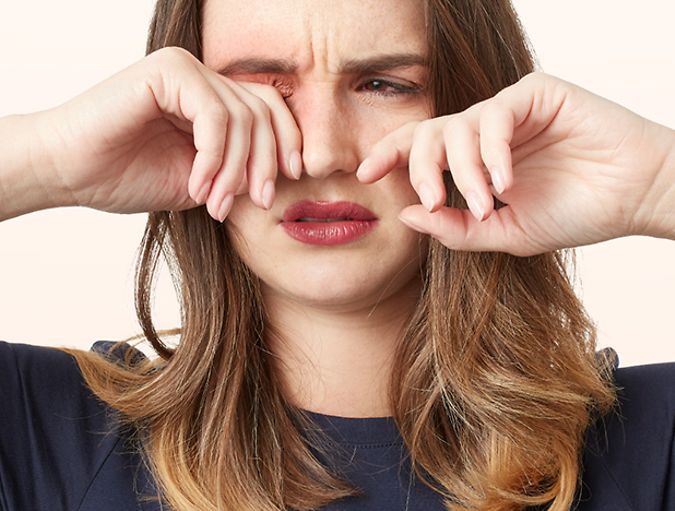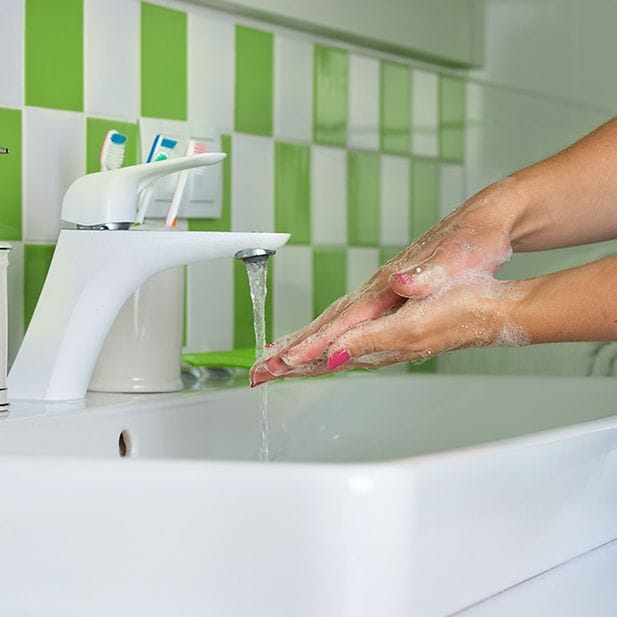Conjunctivitis and contact lenses: everything you need to know

What is conjunctivitis?
Symptoms of conjunctivitis
Can I wear contacts if I have conjunctivitis?
Can contacts cause conjunctivitis?

Is it conjunctivitis, or a lens allergy?
Can I treat conjunctivitis myself?
